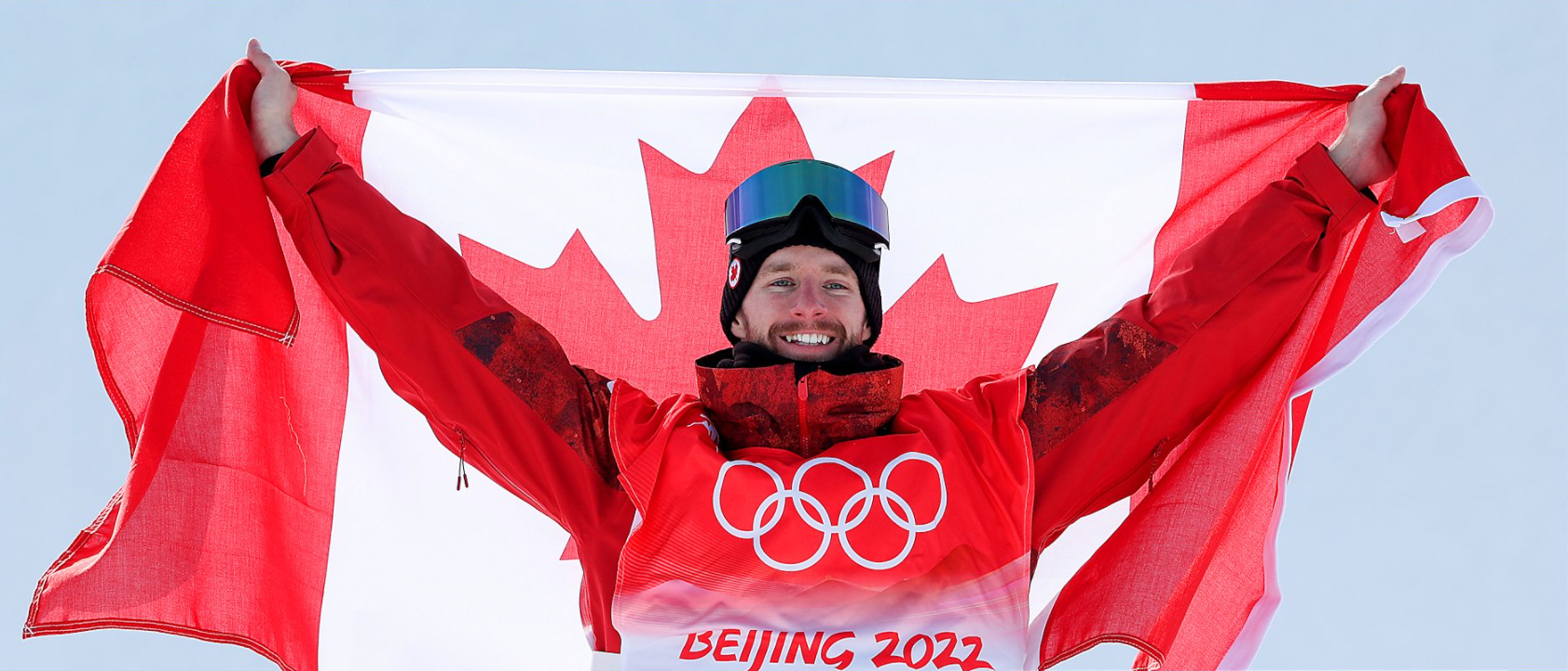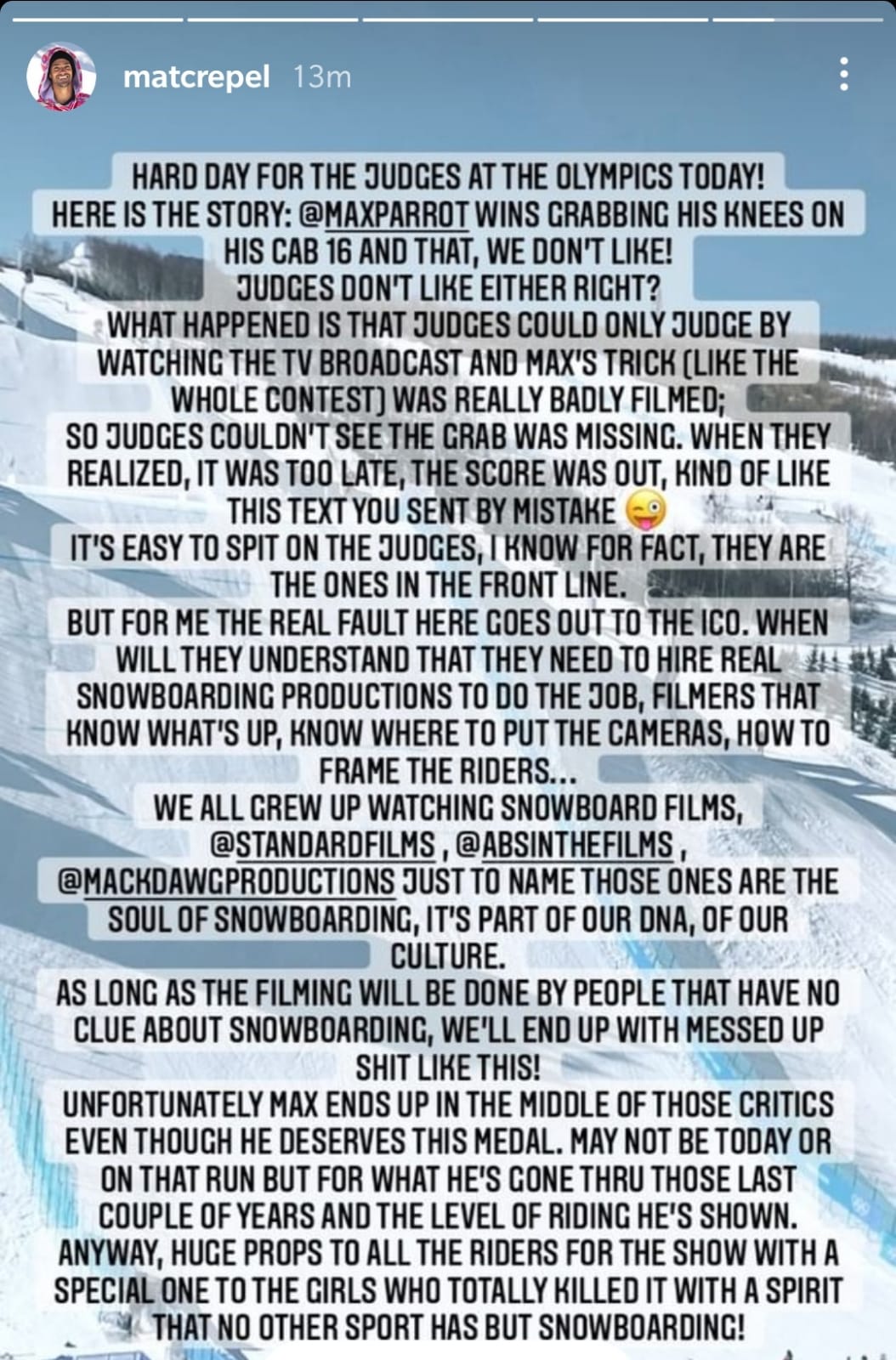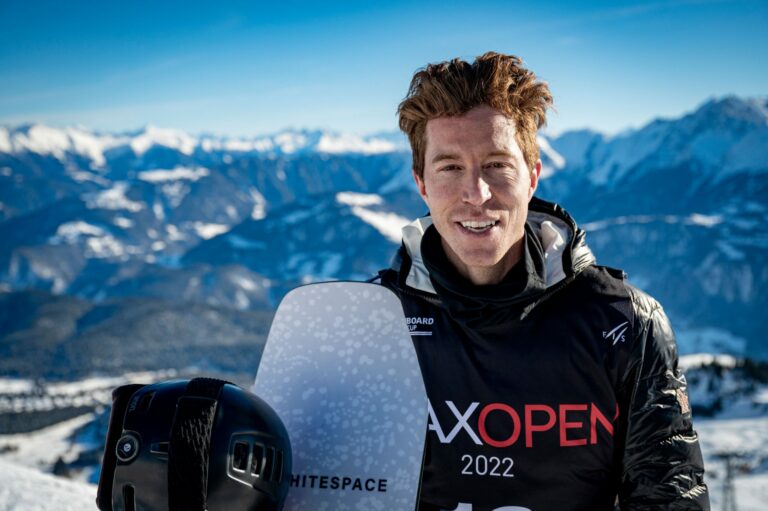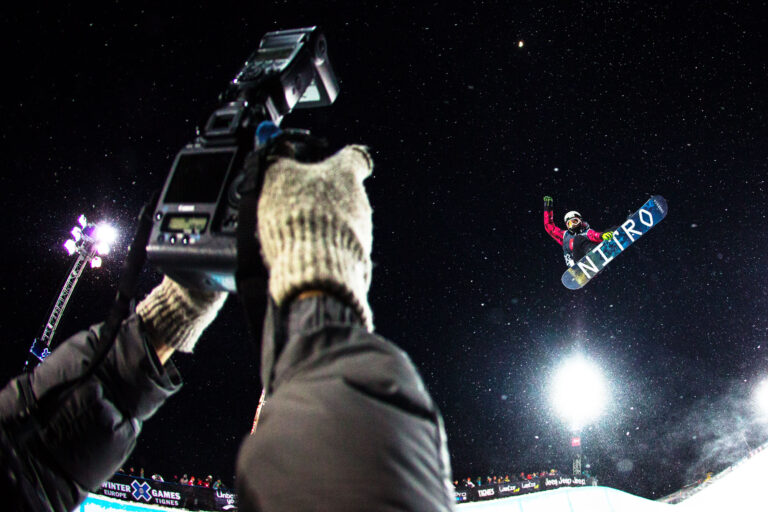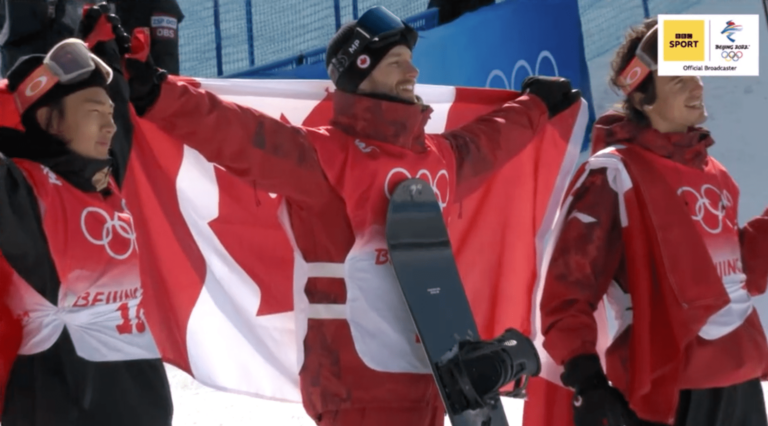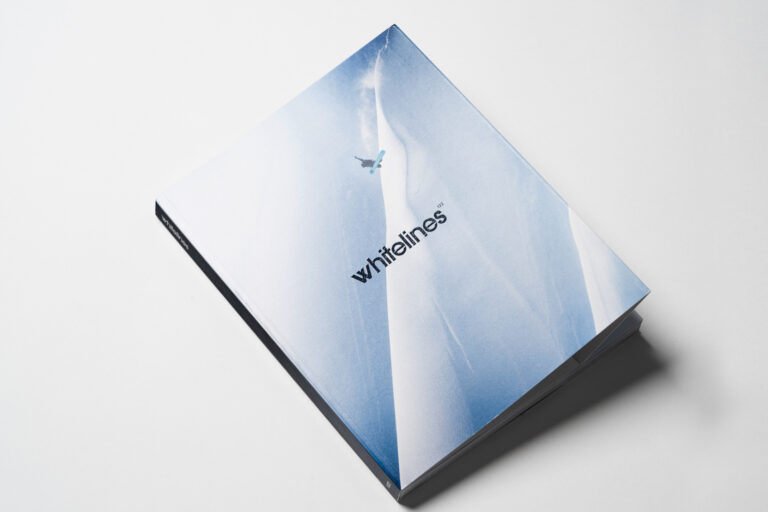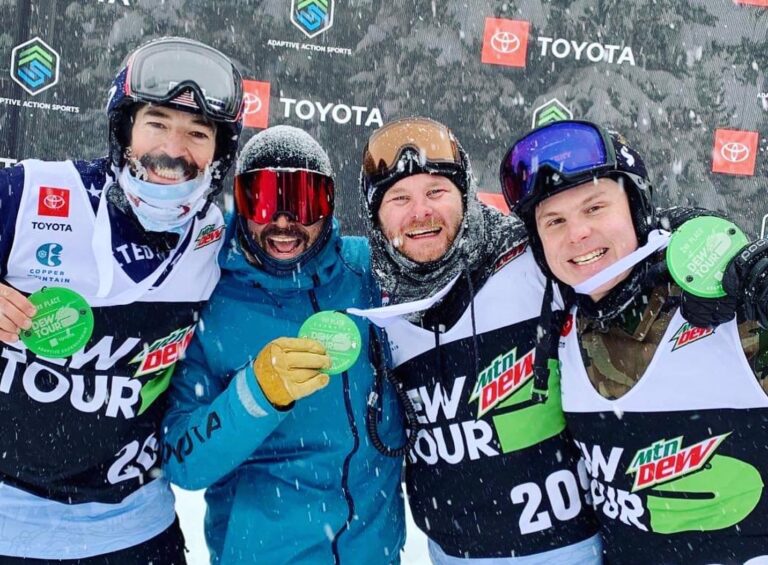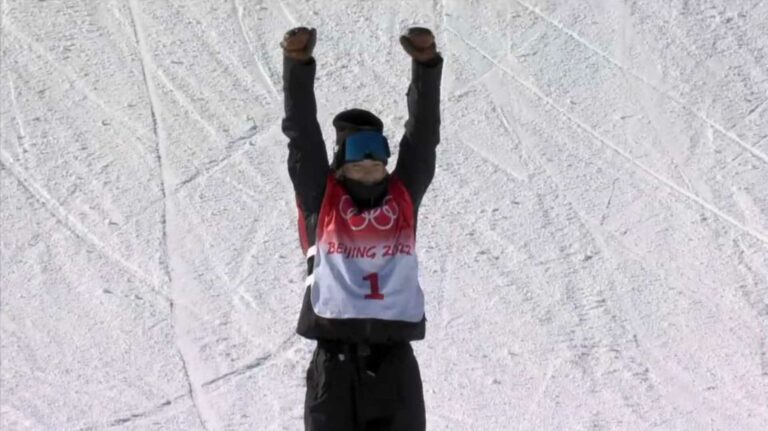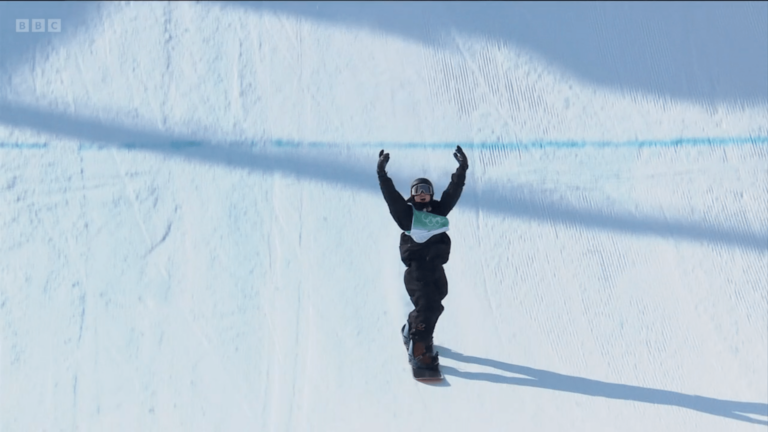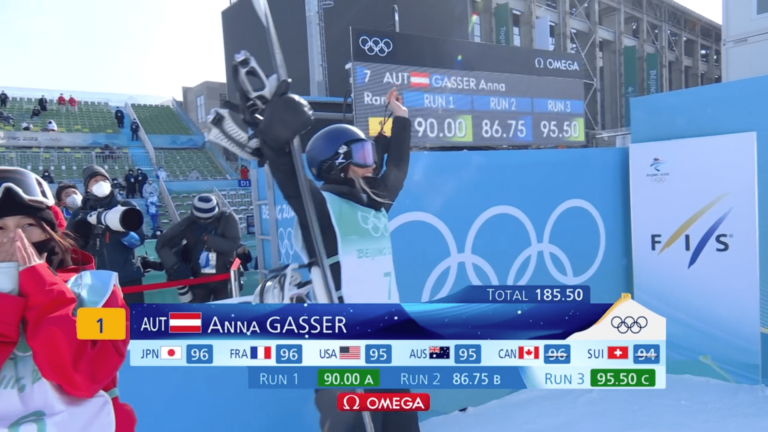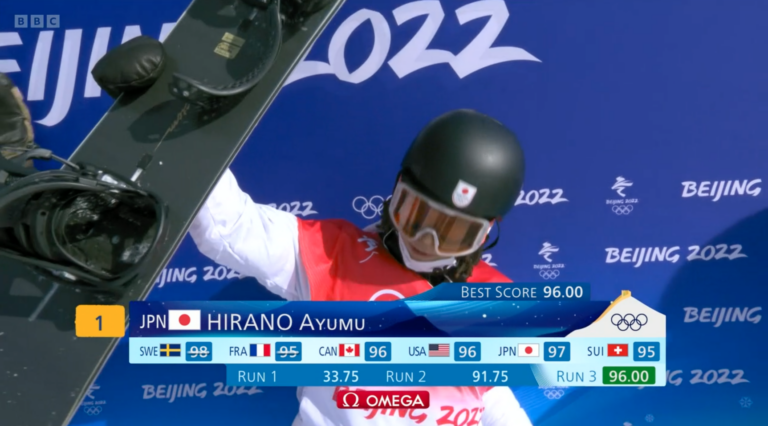The Olympics was already shrouded in controversy long before the first rider dropped in. And in the grand scheme of things, a double knee grab shouldn’t divert focus from the wider discussions about human rights, the damaging effect the Games has on the climate, and the hyper-corporate, money-driven machine that powers the whole event.
But two shockwaves rippled around the snowboard community over the last 48 hours. The first, came from the 25 G-force impact of Zoi Sadowski-Synnott landing an impossibly massive 1080 on the final jump to secure her first ever Olympic gold in the women’s slopestyle. The second (with less cause for celebration) was the controversial decision to award Canada’s Max Parrot the gold medal after the replay of his run revealed a double-knee grab on the off-axis “twisted sister” kicker halfway down the course.
“Two shockwaves rippled around the snowboard community over the last 48 hours”
The phrase not knowing your arse from your elbow comes to mind as the judges have come under fire for seemingly not knowing their Indy from their right knee. Everyone on the internet is seething. Sick as a parrot, you might say. But like every angry internet debate that gets distilled down to a handful of memes, emojis and incoherent ramblings, there’s a little more nuance behind the controversy.
So what are the key takeaways from the slopestyle finals? Is competitive snowboarding dead? Has style been pushed so far into the sidelines of the judging criteria that it has become obsolete? Is Shaun White frantically practising his Tindy grab now that boot grabs will be strictly off-limits in the halfpipe finals? Here’s our thoughts on what went down:

